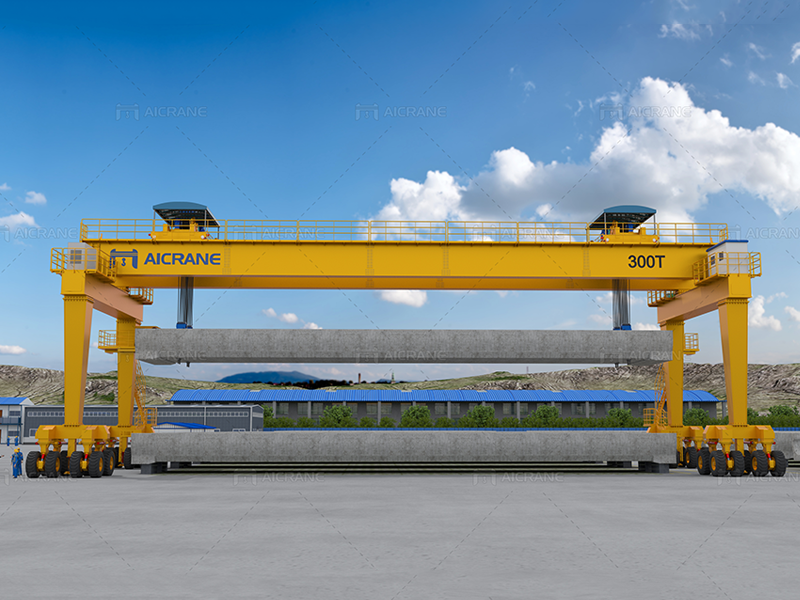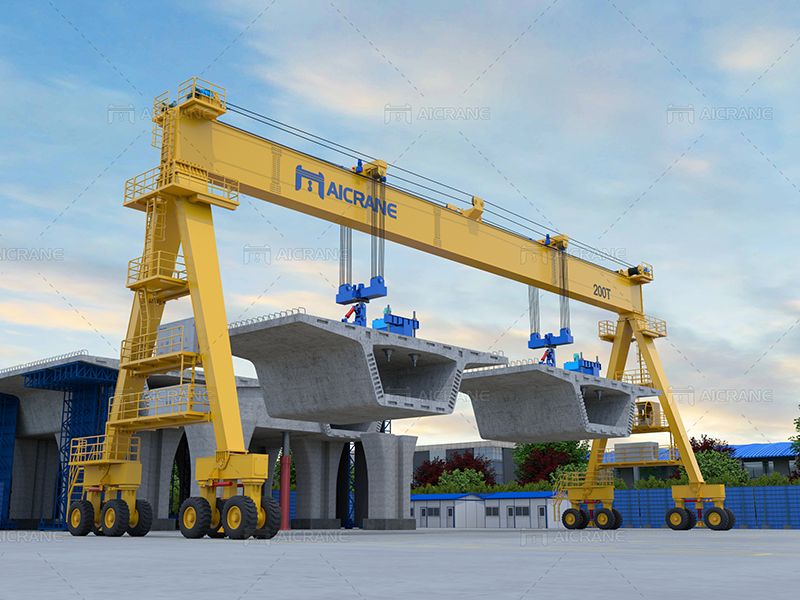Straddle carriers play a crucial role in the efficient handling of containers and cargo in ports and terminals, providing a versatile and cost-effective solution for container transportation and stacking. When considering the acquisition of straddle carriers, understanding the various factors that influence their costs is paramount. In this article, we will explore the key elements that contribute to the overall cost of straddle carriers, empowering decision-makers to make informed choices in their procurement process.

Capacity and Size
One of the primary factors influencing the straddle carrier cost is its capacity and size. Straddle carriers come in various models with different lifting capacities and dimensions. The larger the straddle carrier’s capacity and size, the more expensive it is likely to be. Consider your specific operational requirements when determining the appropriate capacity, as investing in a straddle carrier with excessive capacity may result in unnecessary costs.
Customization Features
The level of customization required for a straddle carrier significantly impacts its cost. Manufacturers offer various customization options to meet the specific needs of different terminals and operational environments. Custom features may include adjustable spreaders, specialized lifting attachments, and extended lifting heights. While customization enhances the versatility of the straddle carrier, it also adds to the overall cost. It is essential to strike a balance between customization and budget constraints to ensure optimal functionality without unnecessary expenditures.
Technology and Automation
Advancements in technology have led to the integration of automation features in straddle carriers, enhancing efficiency and reducing labor costs. Automated straddle carriers equipped with state-of-the-art control systems, sensors, and navigation technologies come at a higher initial cost but can provide long-term operational benefits. The decision to invest in automation should be based on the specific operational requirements, considering factors such as terminal size, container volume, and the need for operational flexibility.
Energy Efficiency and Environmental Compliance
Straddle carriers with advanced energy-efficient technologies may have a higher upfront cost but can result in significant long-term savings. Consider features such as regenerative braking systems, hybrid power options, and intelligent energy management when evaluating straddle carrier options. Additionally, environmental compliance and adherence to emission standards may influence the cost, as manufacturers invest in eco-friendly technologies to meet regulatory requirements.

Manufacturer Reputation and Support Services
The reputation of the manufacturer plays a crucial role in determining the cost of straddle carriers. Established and reputable manufacturers often command higher prices due to their track record of delivering reliable and high-quality equipment. While the initial cost may be higher, choosing a reputable manufacturer can lead to lower maintenance costs, reduced downtime, and better overall performance.
Moreover, the availability of comprehensive support services, including training programs, spare parts availability, and responsive customer support, contributes to the overall cost. Investing in a straddle crane from a manufacturer that offers robust support services can result in enhanced operational reliability and cost-effectiveness over the equipment’s lifecycle.
Maintenance and Service Contracts
The cost of maintaining straddle carriers over their operational life should be carefully considered. Manufacturers often provide maintenance and service contracts that cover regular inspections, repairs, and preventive maintenance. While these contracts may add to the upfront cost, they can contribute to long-term cost savings by minimizing unplanned downtime, extending the equipment’s lifespan, and ensuring optimal performance.
Regulatory Compliance and Safety Features
Meeting regulatory requirements and incorporating safety features can influence the cost of straddle carriers. Straddle carriers designed with advanced safety features, such as collision avoidance systems, load monitoring, and operator assistance technologies, may have a higher initial cost. However, these features are essential for ensuring a safe working environment, reducing accidents, and complying with industry regulations.
Market Conditions and Economic Factors
External market conditions and economic factors can also impact the cost of straddle carriers. Fluctuations in raw material prices, currency exchange rates, and global economic conditions can influence manufacturing costs, which may be reflected in the pricing of straddle carriers. Additionally, market demand and competition among manufacturers can lead to price variations. Monitoring market trends and conditions can provide valuable insights for making informed purchasing decisions.
Conclusion
Choosing the right straddle carrier involves a careful consideration of various factors that collectively contribute to the overall cost. From capacity and customization features to technology, energy efficiency, and manufacturer reputation, each element plays a role in determining the investment required. By thoroughly evaluating these factors and aligning them with specific operational needs, stakeholders can make informed decisions that not only meet their immediate requirements but also contribute to long-term efficiency and cost-effectiveness in container handling operations. For more info, click here https://steelmillcranes.com/